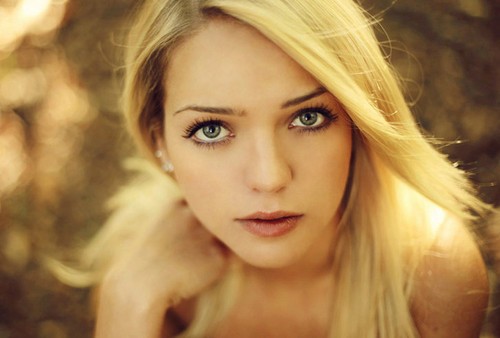Table of Contents
The Importance of Light to Photography
The importance of light in photography cannot be overstated. Light is the soul of portrait photography. In our portrait photography, when there is light exposure, the picture will produce light and shade levels, tones, lines and tones.
According to the characteristics of light, light is mainly divided into direct light and scattered light. Different properties of light play different roles in photography. Direct light and diffuse light in natural light correspond to hard light and soft light in studio photography, respectively.
Next, this article mainly introduces the use of light quality in portrait photography.
Direct Light
1. Natural direct light
On a sunny day, the sun shines directly on the subject without any blocking. The side of the subject that receives light will produce bright tones, while the side that does not receive direct light will form a distinct shadow. This light is called direct light. Under direct light, there will be a very obvious brightness contrast between the light-receiving surface and the non-lighting surface. Therefore, it is easy to produce a three-dimensional effect.
The direct light at noon is relatively sufficient, the contrast of the scene is strong, and the tone appears hard. It works best for subjects who are strong and resolute, or subjects with rough skin. Shooting in direct sunlight, due to the strong light, we should use the fill light tool to properly fill the shadows of the characters.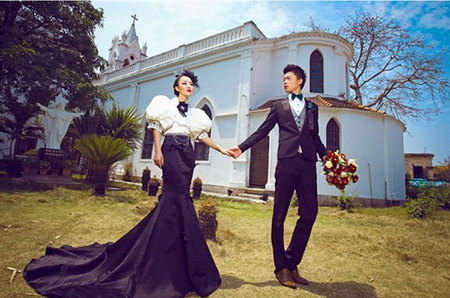
The lighting methods of direct sunlight are mainly side lighting, side backlighting, and backlighting. The fill light tool can use a reflector, electronic flash or external light.
Sunrise and sunset are the best moments for photographers to take portraits. At this time, the direct sunlight is relatively soft, and the picture will form a harmonious and rich tone and tone. In terms of expression, silhouette or semi-silhouette portraits can be expressed.
2. Hard light in the studio (direct light source)
Usually, it refers to the light that can create a contrast between light and dark on the surface of the scene. The biggest feature of hard light is that it can produce clear shadows. The difficulty is to control the contrast between the light and dark of the picture and the light ratio of the picture. However, when shooting with hard light, the easiest way to control the light ratio of the picture is to use a reflector to fill in the light, and use this reflected light to reduce the contrast between the light and dark of the character’s face.
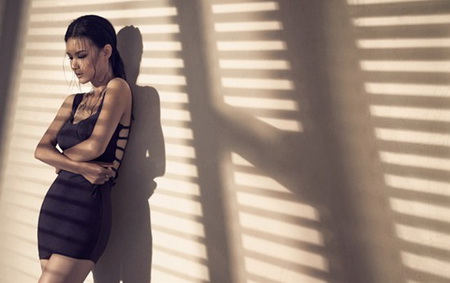
Hard lights are great for creating light and shadow effects. Light and shadow are important means of rendering the atmosphere of the picture and shaping the mood of the characters. The light in the picture can affect the emotions of the characters. It is not only reflected in the portrayal of the expressions of the characters, but also in the tone, light and shadow and atmosphere of the picture. It is very important to create the right mood of the picture with the light.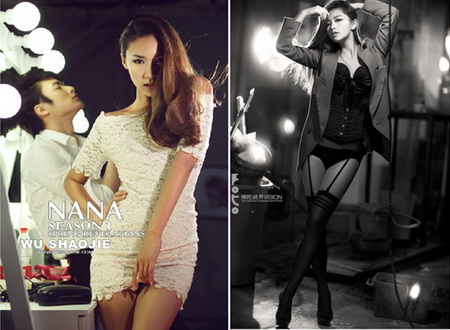
When using hard light to express portraits in indoor studios, we can also use auxiliary light sources or reflectors for transition due to the large contrast of hard light sources. We should preserve the details of the dark part as much as possible. And the intensity of the hard light source of the auxiliary fill light must be weaker than that of the main light. Common accessories for hard light sources include standard cover, radome, beam snoot, and condenser cover.
Scattered Light
1. Scattered light under natural light
When clouds or other objects block sunlight, the light can not directly illuminate the subject . Any sunlight that is blocked by clouds, fog or tall buildings will be illuminated in a scattered shape, and the light will have a scattering effect. We call this type of light “scattered light”.
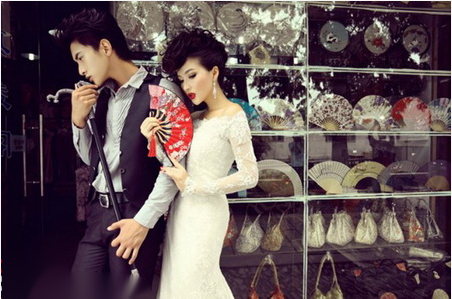
Because the light-receiving surface and shadow surface formed by scattered light are not obvious, and the contrast between light and dark is weak, the resulting picture effect is relatively flat and soft.
Cloudy, foggy, rainy days are all soft diffused light. Due to the flat light, when shooting portraits in natural light, the photographer can also use the flash or reflector for auxiliary lighting to improve the brightness of the subject, improve the light reception, and enhance the three-dimensional effect.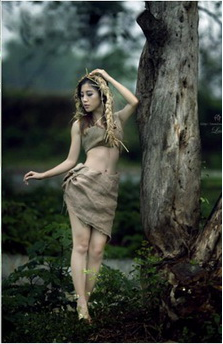
When the outdoor sunlight is too strong, it is not suitable to shoot portraits in strong direct light. At this time, you can look for shade to provide good conditions for shooting. There is not only soft scattered light in the shade, but also mottled shadows can add highlights to the picture. The rich light types under the shade of the trees make the picture very interesting, the scattered light evenly illuminates the model’s face, and the skin texture is perfectly reproduced.
2. Soft light in the studio (scattered light source)
In artificial light, any light with direct light properties is covered with astigmatism material (diffuser cloth, reflective umbrella, gauze, curtain, etc.) to illuminate the subject, which belongs to scattered light lighting.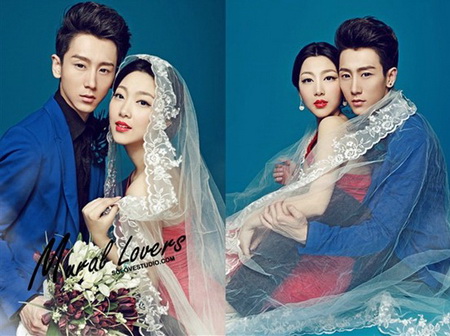
Under scattered light illumination, the light ratio of the subject is small and the contrast is small. Soft tones and rich layers. It can express the texture of the subject’s skin very delicately.
Sunlight entering through windows is generally classified as scattered light. Its characteristics are: large lighting area, soft and uniform. It can not only reproduce the rich layers and textures, but also better express the three-dimensional effect. Ideal for indoor portraits.
The natural light from the window affects the bright side of the subject. The reflective strength of indoor walls, floors, furniture and other reflective surfaces directly affects the dark side of the subject, that is, the shadow part, which also determines the light ratio of the characters.
Soft light can highlight the texture of the character’s skin, making it whiter and more transparent. We can use all indoor studio soft boxes, soft walls, reflective umbrellas, etc. as light softening devices. We should control the light ratio of the soft light at about 1:2.
